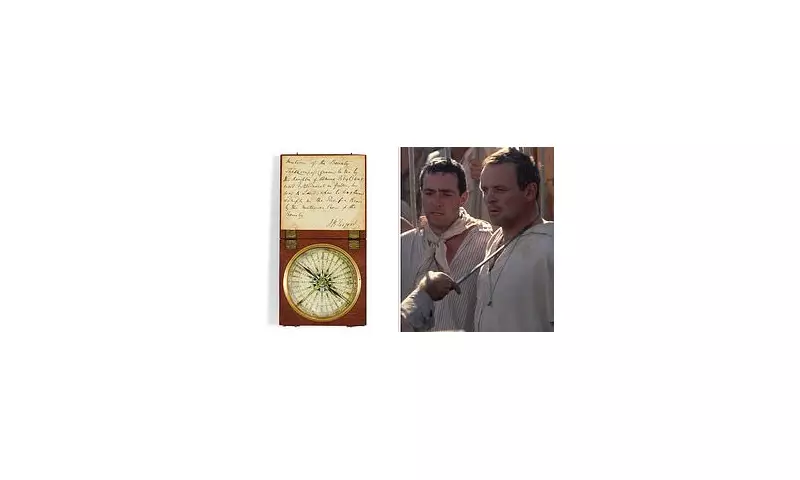
The very compass that guided Captain William Bligh through one of the most extraordinary survival journeys in maritime history has emerged for public sale, offering a tangible connection to the legendary 1789 Mutiny on the Bounty.
The Mutiny That Changed Everything
On April 28, 1789, Fletcher Christian led a dramatic rebellion against Captain Bligh aboard HMS Bounty in the South Pacific. The mutineers forced Bligh and 18 loyal crew members into a small, overcrowded launch boat with minimal supplies, leaving them to what seemed certain death.
A Navigator's Greatest Challenge
Armed only with this simple brass compass, a sextant, and a pocket watch, Bligh accomplished what many considered impossible. He navigated the 23-foot open boat across 3,600 miles of treacherous ocean from Tonga to Timor in 47 days, losing only one man during the entire harrowing journey.
The Instrument of Survival
The compass, made by renowned London instrument maker John Wright, features a rare sunken card design that made it particularly stable in rough seas. Its brass construction survived the elements while providing the crucial directional guidance needed for this epic voyage.
Historical Significance and Legacy
This remarkable artifact represents one of the greatest feats of navigation in Royal Navy history. Bligh's meticulous charting during the journey actually contributed to improved maps of the Pacific, with many of his recordings proving astonishingly accurate.
The compass remained in Bligh's family for generations before passing into private collections. Now offered by Charles Miller Ltd, this piece of nautical history carries an estimate of £15,000-£25,000, though its historical value is truly immeasurable.
Enduring Mystery of the Bounty
While Bligh survived against all odds, the mutineers' story took equally dramatic turns. Fletcher Christian and eight others eventually settled on Pitcairn Island, where their descendants live to this day. The Bounty saga continues to captivate historians and maritime enthusiasts worldwide, representing both the best and worst of human nature under extreme conditions.





